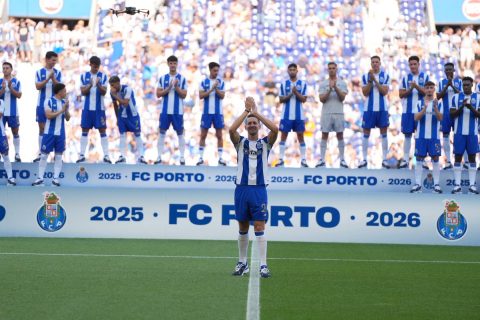In a recent tactical revelation, Nuno Espirito Santo opted not to deploy the familiar back 5 formation when facing Arsenal. He reasoned this strategic adjustment on Arsenal’s lack of a traditional striker, a decision that surprised many but showcased his flexibility and tactical acumen. This move highlights a departure from his usual defensive philosophies, tailored uniquely for the challenges posed by Arsenal’s current squad.
Understanding the Tactical Shift
Historically, Nuno has been known for setting up his teams with a solid defensive block, often using a back 5 that transitions into a back 3 when in possession. However, facing Arsenal, Nuno identified the Gunner’s tactics and personnel as calling for a different approach. The absence of a traditional centre forward in Arsenal’s lineup meant that a back 5 might not be necessary. This insightful reading of Arsenal’s tactical disposition allowed his team to be more flexible and assertive in other areas of the pitch.
Adjusting to Arsenal’s Formation
Arsenal’s approach under Mikel Arteta often involves fluid offensive transitions where positions are interchanged frequently. This can nullify a rigid formation, explaining Nuno’s choice to shift away from a defensive setup. By not committing to a five-man defence, Espirito Santo allowed his team to maintain more control in midfield and press higher up the pitch, challenging Arsenal’s creativity directly.
Impact on Game Dynamics
This strategic decision had significant implications for the game’s dynamics. With an extra player available in midfield or attack, the team could engage Arsenal more aggressively, preventing them from settling into their rhythm. It also exemplified how managers in the Premier League, like Nuno and Arteta, must continually adapt to each other’s tactical evolutions, especially in such a competitive environment.
Reception and Results
The adaptation was met with mixed reviews but undeniably demonstrated Nuno’s strategic thinking. Some critics argue that altering a well-functioning formation could risk stability, but others praise the proactive approach in dealing with Arsenal’s unique play style. The result was a testament to Nuno’s capacity to read the game and adjust accordingly, putting the emphasis on stopping Arsenal’s midfield rather than worrying about an absent traditional striker.
Looking Ahead
As teams like Arsenal continue to evolve, managers will undoubtedly face similar strategic decisions. This particular game serves as a reminder of the importance of understanding not just one’s own tactical strengths, but also identifying and reacting to opponents’ weaknesses and setups. The emphasis on such tactical flexibility will likely influence future matchups in the Premier League and potentially reshape approaches to training and preparation across the league.
With the league heating up, Nuno Espirito Santo’s decision against Arsenal is not just a footnote in tactical discussions but a blueprint for managers facing unpredictable formations and player roles in modern football.









